“Because we cannot scrub our inner body, we need to learn a few skills to help cleanse our tissues, organs, and mind. This is the art of Ayurveda.”
― Sebastian Pole
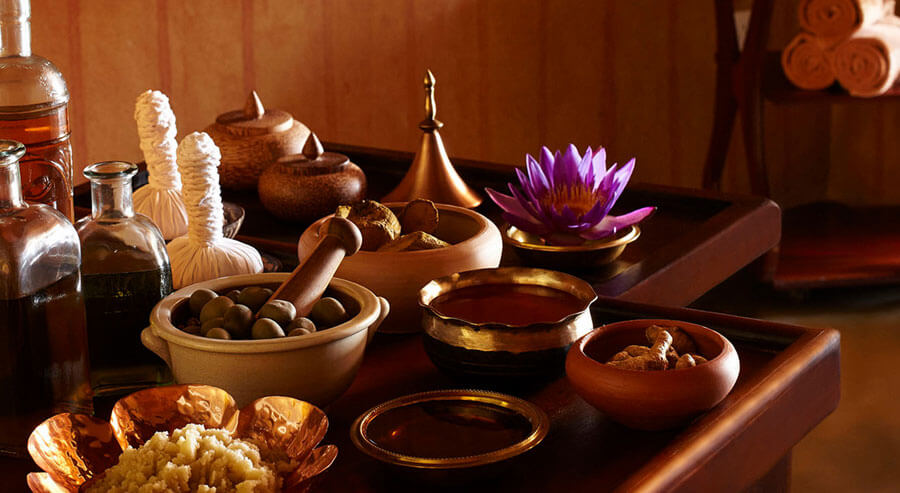
Panchakarma is the ancient system of Ayurvedic detoxification and rejuvenation therapies designed to facilitate the removal of deep-rooted stresses and toxins in the physiology. Panchakarma is comprised of five (“Panch”) actions (“Karma”) or less literally, five therapies. So, simply translated it is a set of five systematic actions used for the purification of the body. Ayurveda recommends these cleansing therapies up to three times a year at the change of seasons in order to maintain well-being in healthy individuals or to restore balance in those experiencing illness. The purpose of panchakarma is to extend the lifespan. By undergoing panchakarma on a regular basis muscle tissue, bone, immune function, digestive function, nervous tissue as well as teeth and hair (Upadhatus or “secondary tissues”) can be maintained, essentially adding years to one’s life. Today, even modern science estimates that longevity is determined 30% by one’s genetics and 70% by lifestyle choices.
Many diseases of modern times are caused by these deep-seated toxins which lead to improper digestion, stress, lack of sleep, anxiety, loss of concentration, premature aging, heart disease, diabetes, hypertension, cancer, neurological disorders, chronic fatigue, osteoporosis, sexual disorders, allergies, and unhappiness. Panchakarma utilizes a set of therapeutic procedures which are given in a specific order to promote the elimination of toxic substances out of the body via the nearest possible route of elimination. The resulting purification results in the intrinsic up-regulation of the body’s capacity to cure itself from many conditions and diseases. But Panchakarma has value not only as a detoxification procedure (Shodhana) in the treatment of disease, it is also effective as a preparatory measure to strengthen a patient (Brihmana) prior to surgery, as a means to promote weight loss (Langhana), to increase the effect of rejuvenator medicines (Rasayana), prior to libido-improving procedures (Vajikarana), and before the administration of certain special medicines (Kshetrikarana). In all of these uses, panchakarma accomplishes the removal of toxic accumulations and the return of the Doshas (psychosomatic energies) to normalcy and balance. Panchakarma is a medical treatment which when properly administered has profound effects on the detoxification mechanisms and metabolism of the human physiology.
“Ayurveda is a sister philosophy to yoga. It is the science of life or longevity and it teaches about the power and the cycles of nature, as well as the elements.” –
Christy Turlington
The Panchakarma training course is mostly designed to help doctors, nurses, yoga teachers, massage therapists, or any alternative medical practitioners, who already have a basic understanding of how the human body works. The basic background in modern anatomy and understanding of common illnesses would make it easier to understand Ayurveda from a scientific perspective.
Can a normal person without any medical/health background come for this course? Of course, anybody who wants to learn about their own body and lead a healthy life is welcome.
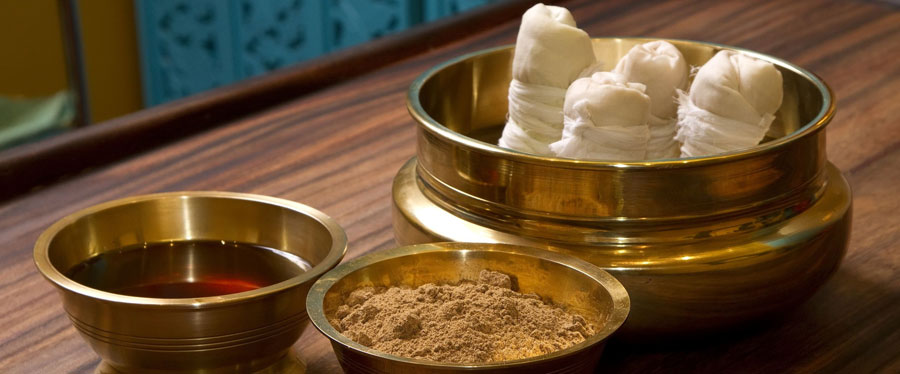
Our Vision is to change the face of medicine by educating a global community in a complete system of mind-body medicine that is unlike any other in the world. All India Institute of Spiritual Science has developed short term Panchakarma courses with training and certification for common people to apply Panchakarma in their daily lifestyle and/or evolve into the future career opportunities as Panchakarma Therapist. In this training, you’ll learn about panchakarma from a traditional perspective, adapted for the modern context. This Panchakarma Therapy Practitioner retreat includes yoga classes, pranayama, and meditation sessions, as they are integral part of Ayurveda.
In this training students learn to administer the Ayurvedic therapies that are part of a panchakarma protocol. During the training, you will administer treatments to panchakarma clients, supporting them during their process.
This program offers the opportunity to experience the profound effect of Ayurvedic body therapies. As students in this program you will not only administer treatments to panchakarma clients, but to one another. It is the therapies that are the true teachers of this program; it is through them that the essence of Ayurveda is able to offer its wisdom and love. As a therapist, we hold sacred space for the transformation and healing to occur.
Being of service in a healing capacity offers an enormous opportunity for self-reflection, personal healing and professional growth. The program is designed to support students in gaining competency to perform Ayurvedic body therapies for the purpose of Shodhana (cleansing measures) and Shamana (palliative measure), and to support and help deliver panchakarma treatment program designed by an Ayurvedic Doctor or Ayurvedic Practitioner.
“The great thing about Ayurveda is that its treatments always yield side benefits, not side effects.”
―Shubhra Krishan
This course is designed to provide a comprehensive education in the traditional Panchakarma methodologies as outlined in the Vedic texts.
Upon completion, students will:
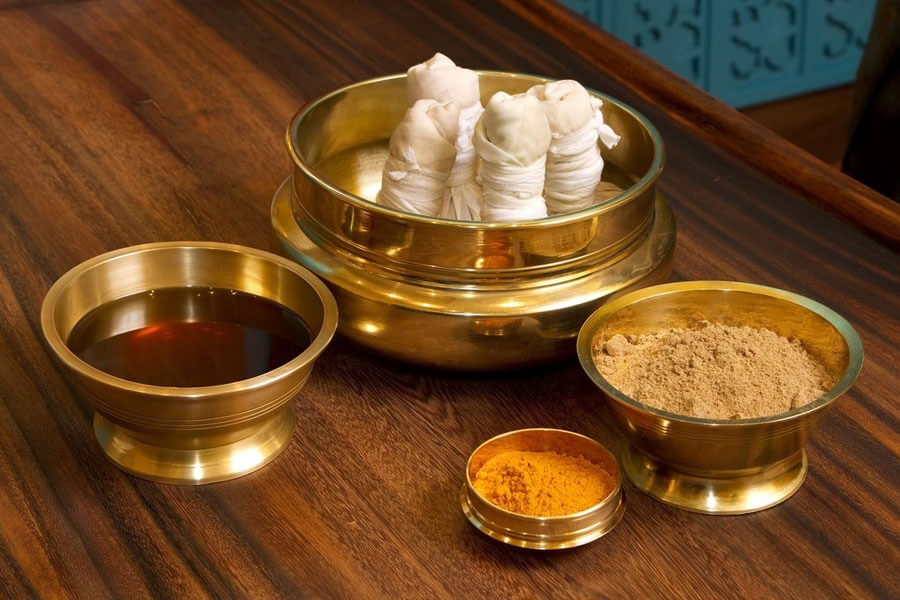
We begin with introductory principles of Ayurveda and Panchakarma, providing the necessary foundation for both newcomers to Ayurveda and returning students. We’ll explore the Ayurvedic theory of well-being that helps us assess an individual’s state of health, including the elements, individual constitution, physiology and key metabolic functions. The role of detoxification and rejuvenation will be introducing, an in-depth look at the ethics, reasons, methods and treatments during Panchakarma from beginning to end.
The intensives include practical training sessions and advanced Panchakarma theory. During the practical sessions, live cases and case studies are incorporated to provide hands-on experience and practice for applied learning. Advanced principles include more detailed theory and procedures, post-therapy convalescence such as dietary and lifestyle changes, as well as Rasayana: the Ayurvedic science of rejuvenation.
1. INTRODUCTION TO AYURVEDA
DEFINITION: Unique feature, Concept of Health
2. HISTORY OF AYURVEDA
3. BRANCHES OF AYURVEDA
4. BASIC PRINCIPLES OF AYURVEDA
Pancha Mahabhuta Concept
Tridosha Concept (Vata, Pitta, Kapha)
Concept of SAPTA DHATU (Body Elements)
Concept of MALA (Waste Products)
Concept of SROTAS (Body Channels)
Concept of AGNI (Digestive Fire)
Concept of KOSHTA (Alimentary Tract)
Concept of PRAKRUTI (Body Constitution)
5. INTRODUCTION TO PULSE DIAGNOSIS
6. PREPARATORY PROCESSES OF PANCHAKARMA
A) SNEHAKARMA (OLEATION TREATMENT)
Internal Oleation
External Oleation
Abhyanga
PADABHYANGA (Oleation of the feet)
SHIROABHYANGA (Oleation of Head)
GANDOOSHA (Gargling)
B) SWEDANA KARMA (SUDATION THERAPIES)
Tapa Sweda (Fomentation)
UPANAHA Sweda
USHMA Sweda (Herbal Steam & Bolus Bags)
Drava Sweda (Sudation with liquids)
ANAGNEYA Sweda (Sudation without fire)
Benefits of Sweda (Sudation)
C) PANCHAKARMA THERAPY
Various Ayurvedic Treatments
Different Panchakarma Treatments
7. VAMANA (Therapeutic Vomiting)
8. VIRECHANAM (Therapeutic Purgation)
9. VASTI (Medicated Enema)
10. NASYA (Nasal Medication)
11. RAKTAMOKSHA (bloodletting)
12. MARMA (107 vital points)
13. COMMONLY USED OILS AND PRODUCTS
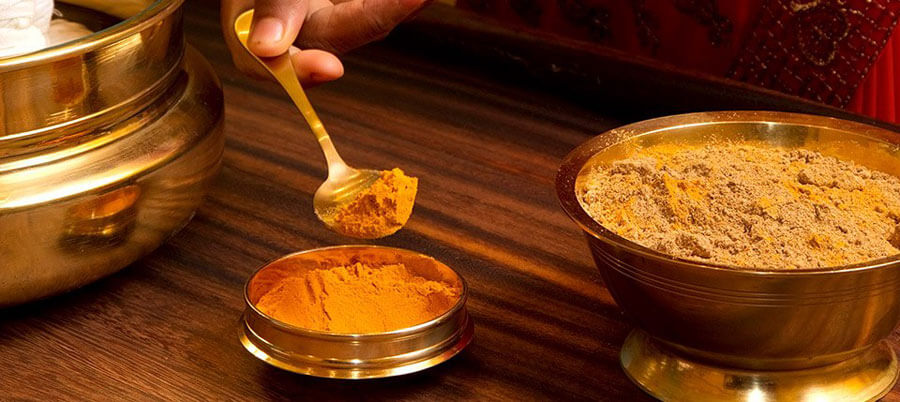
As we head into the future, career opportunities for Panchakarma Therapists continue to expand and evolve into a sophisticated and well-respected profession with a variety of specializations. Today there are more career opportunities for Panchakarma Therapist graduates than ever before. As a Certified Panchakarma Therapist, you’ll have a multitude of career opportunities from which to choose. There is a growing trend towards self-employment or work under contract and therapists can specialize in certain areas that suit their lifestyle, their needs and the needs of their clients.

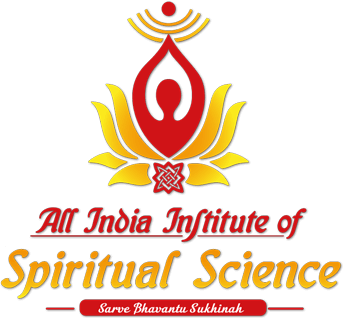
Our Ashram is inspired by the pilgrimage powers and is located in the Himalaya Mountains (Jia Village, District Palampur, Himachal Pradesh). We welcome you heartily!